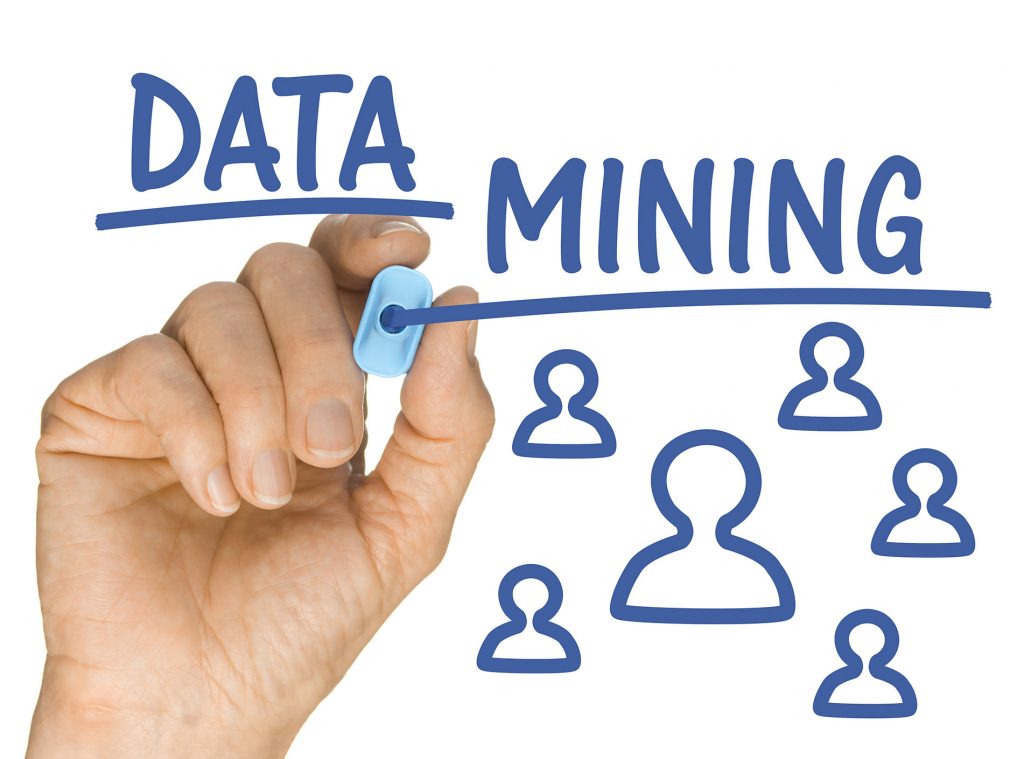The future TDM project: Access to data pools to improve research processes
The acronym TDM stands for Text and Data Mining, which is a process of filtering information from machine-read material.
What is TDM?
The acronym TDM stands for Text and Data Mining, which is a process of filtering information from machine-read material. It enables the delivering of relevant information and consequently makes it possible to build upon present knowledge, an essential feature in open science and innovation. Therefore, the TDM method can be considered as a key element for new innovations. Additionally, not only the research can profit from TDM, but also the economy and society.
The Mission of the FutureTDM project
In America and Asia TDM has a high significance. However, in Europe substantial barriers hinder the more widespread use of TDM. Therefore, the European Comission aims to develop policy and legal frameworks to reduce the barriers of TDM uptake. The partners in the FutureTDM consortium share the ambition of the EC’s call and promote the awareness of TDM opportunities across Europe. They evaluate and analyse current TDM obstacles, but also create a practitioner-driven emphasis providing workshops and discussions. Since the idea of knocking down the barriers that are inhibiting text and data mining is closely linked with the EINFRA-1 call, the FutureTDM consortium aims to cooperate strongly with the EINFRA partners.
Implementing content mining in Europe is the main aim of the FutureTDM project. To reach this goal FutureTDM does not only intend to overcome legal and policy barriers, but also works on guidelines for practitioners from various disciplines to enable the implementation of TDM. Furthermore, there will be compiled an online Collaborative Knowledge Base and Open Information Hub facilitating data-driven innovation. The idea of this information hub the creative knowledge exchange and providing repositories of tools to address the gap in TDM skills across different areas.

Low implementation of TDM in Europe
Currently, in Europe there is a gap in the awareness of the TDM benefits for researchers. Inter alia, it is this gap of awareness that is responsible for a low implementation of content mining and entails a gap in the basic skills and tools necessary for data mining processes. As text and data mining will gain importance in the research context in order to ensure accuracy and quality of research outputs, the FutureTDM project targets to raise the researchers’ awareness about the potential benefits of TDM. For this purpose, FutureTDM is creating an understandable guidance on the ethical, responsible and sustainable aspect of text and data mining for all sort of practitioners.
Open Access to improve TDM
An obstacle that faces the gapless implementation of TDM is the access to data pools restricted by copyright and licenses. The FutureTDM consortium advocates for a balance of interests between the owners of vast amounts of information and the research community needs access to that information. Considering the fact that content mining only makes sense when there is an information pool that can be mined, one of the first objectives is to open the access to data pools. That explains why the idea of extending the admission to information pools towards a general open access to all data is a one of the main principles of the European Commission’s Horizon2020 project. The idea is that non-restricted access to information and data pools helps to improve efficiency and efficacy of research allowing free circulation of knowledge and unfettered cooperation.

